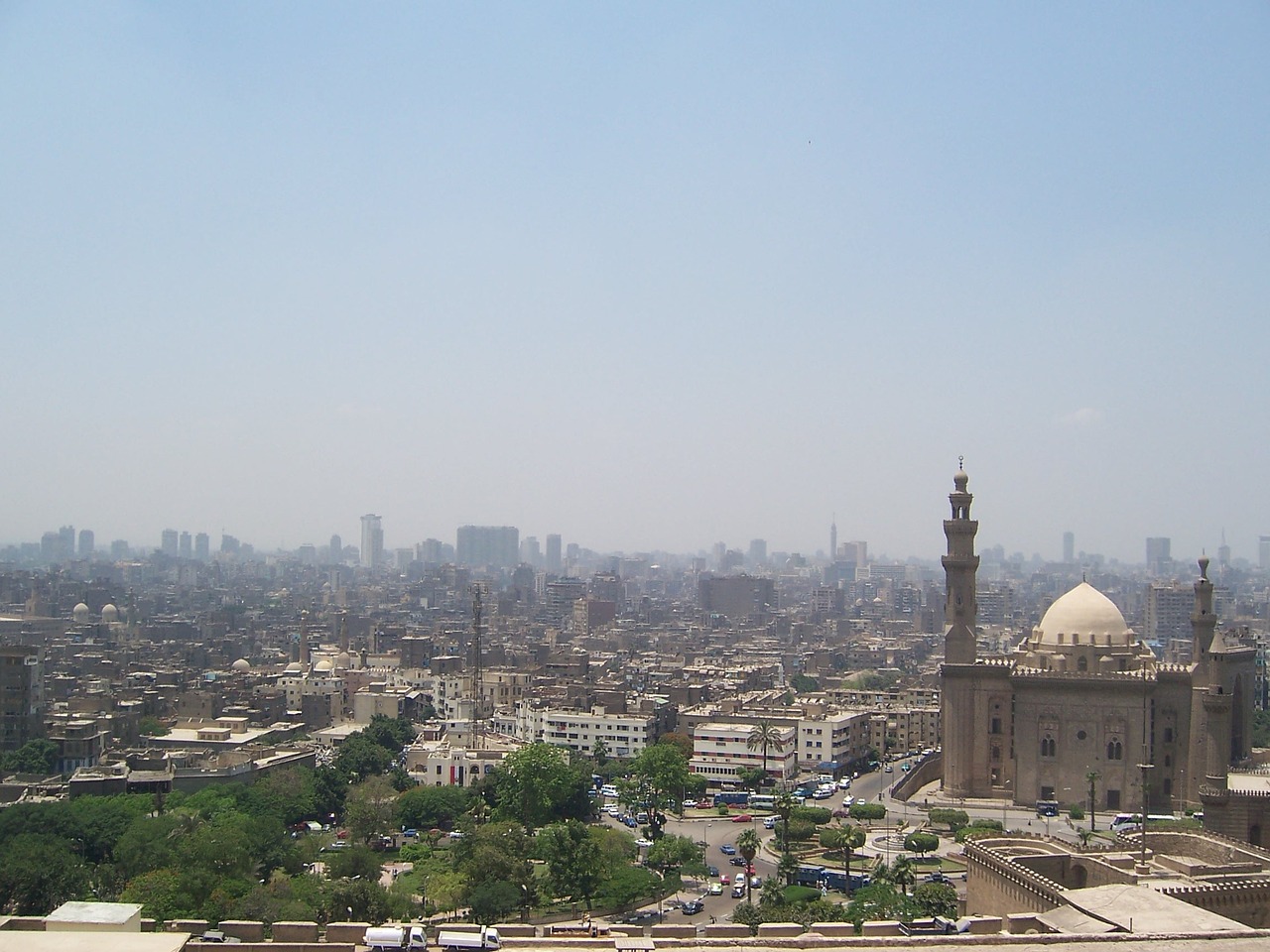Political instability in Egypt over the past decade has contributed to a decline in tourism and economic growth. However, increased government spending in recent years, combined with an improving regulatory environment and rising natural gas production, has given the Middle Eastern country’s government and citizens reason for optimism.
The year-over-year gross domestic product (GDP) growth was only 2.2 percent in 2013. However, it reached 4.2 percent in 2017 and is projected to be as high as 5.3 percent in the fiscal year 2019. One of the country’s most prominent investments to drive economic growth and boost tourism is the Grand Egyptian Museum (GEM).
Construction Timeline
The development of GEM has been slow. Fortunately, the ambitious, $1-billion, 490,000-square-meter complex is nearing completion. Its targeted opening date is 2020.
The project was first announced in 1992 and was expected to be open to the public by 2012, but it has faced several delays. The foundation wasn’t laid until 2002 and construction didn’t begin until 2005. As of February 2019, nearly 5,000 construction workers were attempting to finish the project which, according to GEM’s director Tarek Tawfik, was 85 percent complete.
GEM is being constructed 2 kilometers from the Great Pyramids of Giza. Once completed, it will be the largest museum devoted to a civilization in the world. The museum will house nearly 100,000 ancient artifacts and some of Egypt’s most precious relics. It boasts a modern design with an emphasis on advanced technology.
The Old Museum
Preserving the present state of those ancient artifacts is of utmost importance to GEM management. In fact, this is one of the main reasons Egypt initiated its construction.
The Egyptian Museum, which housed many of the artifacts to be featured at GEM, is 117 years old and has a reputation for being crowded. More than 20,000 items to be displayed in GEM have never been displayed in a public setting due to this overcrowding.
Some artifacts were also too big to fit in the former museum. However, GEM, which was designed by Ireland’s Heneghan Peng Architects, will feature 20-meter-high galleries. It will also have a more suitable archeological environment for preservation. The former museum had issues with lighting, humidity, and temperature that damaged several precious artifacts.
Artifacts
Many of the museum’s artifacts have been revitalized by a team of archaeologists and conservationists. For instance, one of its main attractions will be the entire collection of artifacts found in 1922 discovery of King Tutankhamun’s tomb.
One of the items in the tomb was a 3,500-year-old pair of tattered sandals that belonged to Tutankhamun. The intricate beading design on the sandals had been destroyed over time and the soles had disintegrated. Fortunately, conservationist Mohamed Yousri was able to adequately restore them in one of GEM’s specialized labs.
Tawfik notes that Egypt has long been in need of state-of-the-art laboratories and conservation suites. They will enable the country to engage in conservation work on the Tutankhamen collection as well as other artifacts. This will enable them to be enjoyed by future generations.
There will also be two immersive, 7,000-square-meter galleries dedicated to Tutankhamun that detail how he lived as well as his accomplishments. An additional 50,000 objects will be placed throughout the museum in chronological order dating from prehistory to the Greco-Roman era.
Tourism Boost
At one point, money generated from tourism accounted for more than 11 percent of Egypt’s GDP. That amount has dropped since the 2011 Arab Spring, which also delayed construction of the new museum.
Once GEM opens, it is expected to attract roughly 5 million visitors per year, according to Tawfik. The facility will provide the necessary foreign currency to further the country’s economic revival efforts. GEM has already created thousands of jobs and is expected to indirectly benefit 15,000 people once it officially opens in 2020.
Part of Larger Entertainment Complex
GEM will also house a conference center, children’s museum, workshops, and a training center. There are also plans for the construction of a nearby movie theater, exhibition space, and other cultural and educational facilities as Egypt aims to develop a large-scale entertainment complex.
Adding to the country’s optimism for a boost in tourism figures is the development of the Sphinx International Airport. A 30-minute drive from GEM, the airport conducted its first test flight in October 2018. It is expected to be operational by the time GEM is open to the public.

